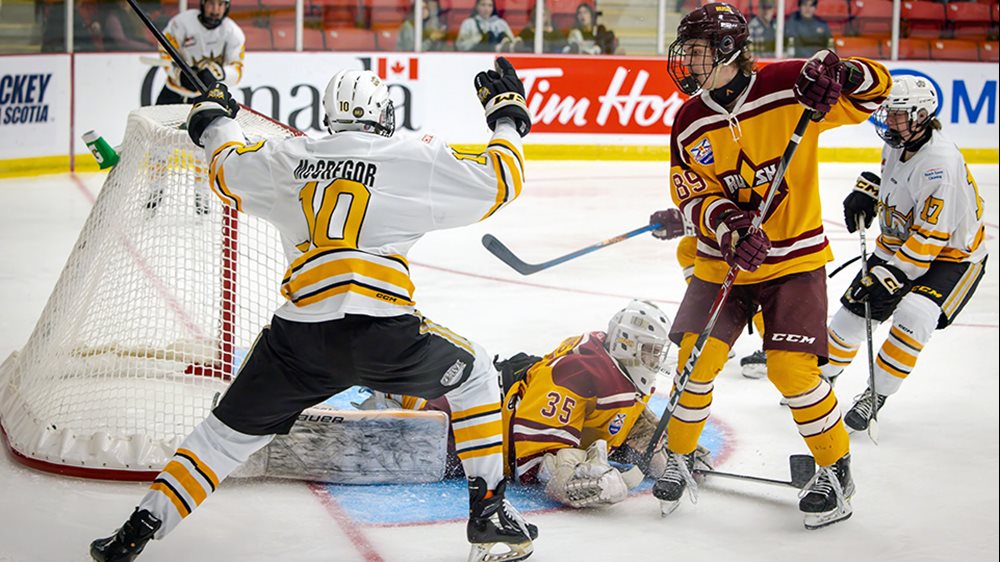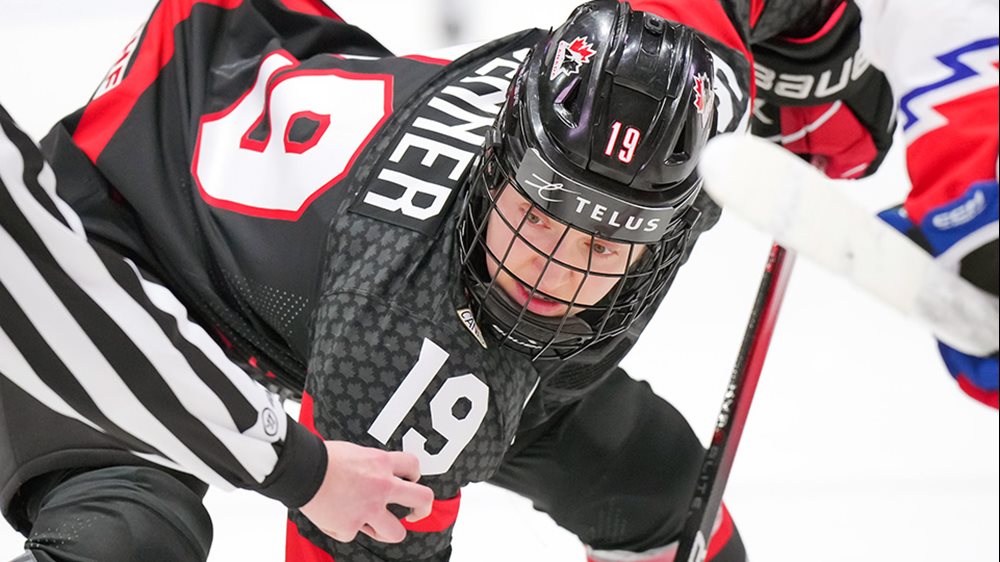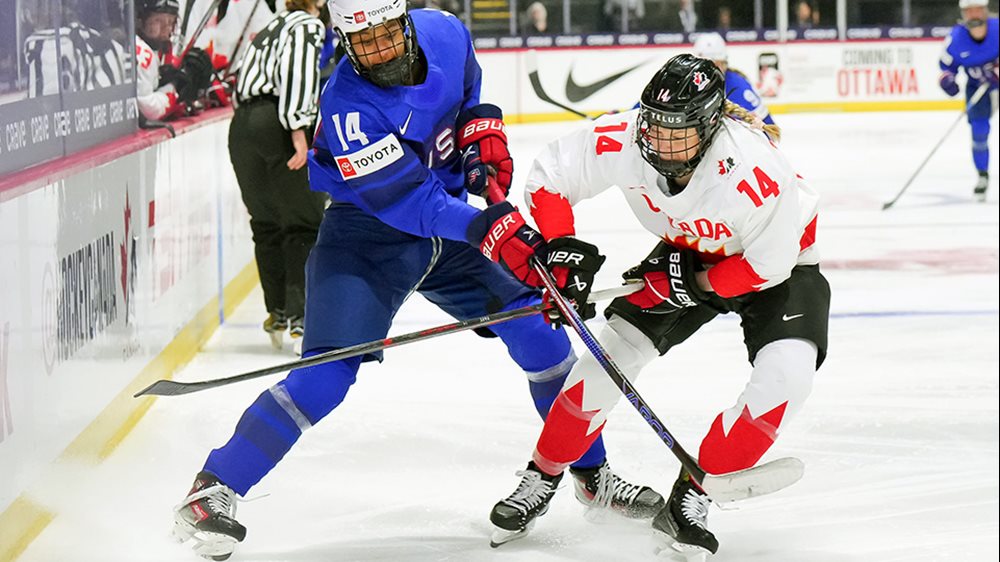
Active with Adam – Flexibility
Hockey Canada’s lead strength and conditioning coach shares tips and tricks to help players stay active at home and start preparations for next season
While the 2019-20 hockey season was forced to an early end due to the COVID-19 pandemic, there is no reason why the focus cannot begin to shift to next season.
One positive of social distancing is the opportunity for players of all ages and abilities to focus on improving away from the rink.
Off-ice training is just as important for hockey development as being on the ice. It allows for athletes to focus on bio-motor abilities (speed, power, strength, flexibility, conditioning) that will enhance their on-ice skills.
Let’s break down the ways to improve these specific areas at home to make sure players are ready to lave up the skates in the fall.
PART 1: SPEED | PART 2: POWER | PART 3: STRENGTH
PART 4: FLEXIBILITY
Flexibility is important for all sports, including hockey. It allows your body to get into certain positions and can work to increase the range of motion. This allows you to skate lower, which in turn will allow you to increase your power while skating. Being flexible isn’t just for goalies! Important areas to focus on include the hamstrings, glute muscles and hip flexors. Here is a simple stretching routine that you can follow on days you are not training (recovery) or following any of previous training sessions.
EXERCISES
Hip Flexor Stretch with Reach and Rotation: Get into a half-kneeling position, making sure your hip is stacked over the down knee. Reach your hands forward, with your fingers pointed down (think Spiderman shooting webs). Rotate slightly towards the down hip (think arms at 12 o’clock and 3 o’clock), then lean (side bend) away from the down leg. Hold for 30 seconds each side.
90/90 Hip Stretch: Sit on one hip, with both legs positioned 90 degrees in front of and behind you (think 90 degrees at ankle, knee and hip). Sitting up tall, squeeze your abs and try to be straight and tall through your upper body, slightly pressing your front leg into the ground. Hold for 30 seconds with each leg in the front position.
Reverse Nordic (Active Stretch): Set up in a tall kneeling position (both knees down), with your toes flat on the ground behind you. Maintain a tall-and-tight posture, with your hips in a neutral position. Keeping your shoulders over your hips, lean as far back as you can, making sure you are not just moving your shoulders back. Lean as far back as you can before you lose your posture, then return to the starting position. It can help to maintain proper posture by holding a broomstick behind your back and maintaining five points of contact (head, top hand, upper back, lower hand, butt) on the stick. Perform 10 of these lean backs.
For more information: |
- <
- >

























